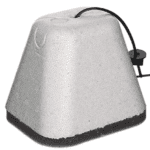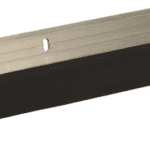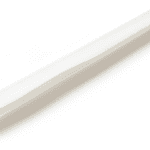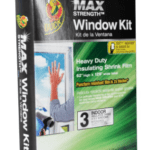Here are some quick tips on getting your home ready for cold weather!
Install insulation blocks or close foundation vents (if you have a crawlspace). These polystyrene plugs fit into the screened openings at your foundation. If your vents have little flaps on them, just close the flap to help keep cold temperatures out. IMPORTANT: Don’t forget to open the vents/remove the plugs once the threat of freezing has passed- you do NOT want to suffocate your crawlspace!
Winterize hose faucets. Disconnect all your garden hoses and turn off interior valves (usually located at interior side of wall near hose faucet or under a nearby sink) for all hose faucets. Then, turn the faucet back on temporarily in order to remove the remaining water in the pipe. Once the water in the pipes has been bled out, install styrofoam faucet covers on the hose faucets.
Insulate exposed supply piping in your attic, crawlspace and garage. Supply piping is the smaller size piping that carries water to the plumbing fixtures in your home. Freezing temps can cause pipes to burst since water is in these pipes all the time.
Be sure your furnace filter has been changed recently. An inefficient furnace wastes energy, restricts air movement and causes unnecessary wear on your furnace.
Weatherstrip doors & insulate single pane windows. Install sweeps at bottom of doors, weatherstripping at sides & top of doors. Install insulating shrink film kit to help keep the cold out at single-pane windows.
Bonus tip: Now’s a great time to test your smoke and carbon monoxide alarms as well as check the dates on them... especially if you have a fireplace that creates carbon monoxide. Smoke alarms should be less than 10 years old and carbon monoxide alarms should be less than 5 years old. The sensors become worn and less sensitive as time goes on. Replacement is needed if these alarms are too old! Manufacture dates are printed on the back or side of alarms. If you can’t find a date (it’s usually tiny), it’s probably outdated and should be replaced.




